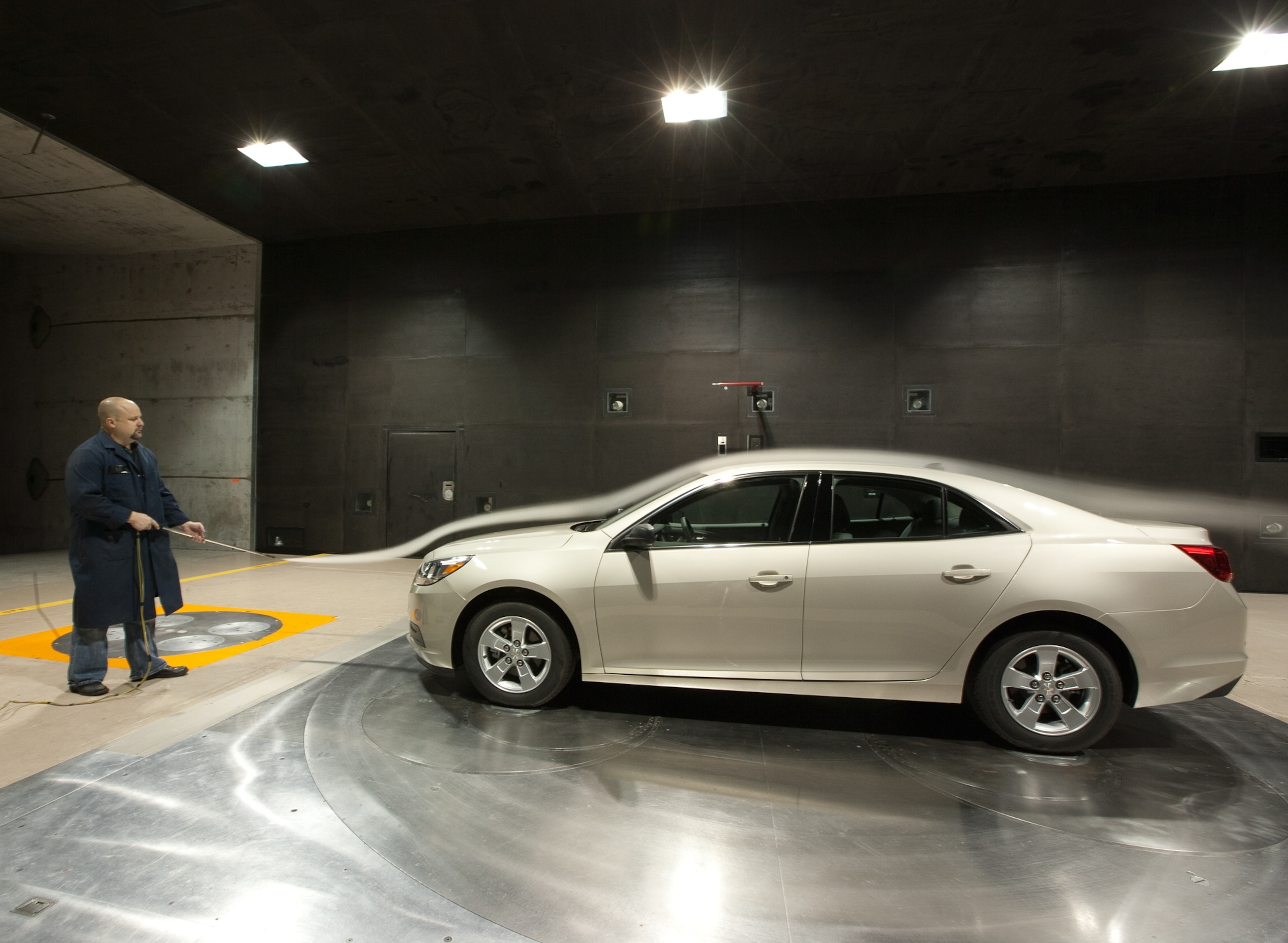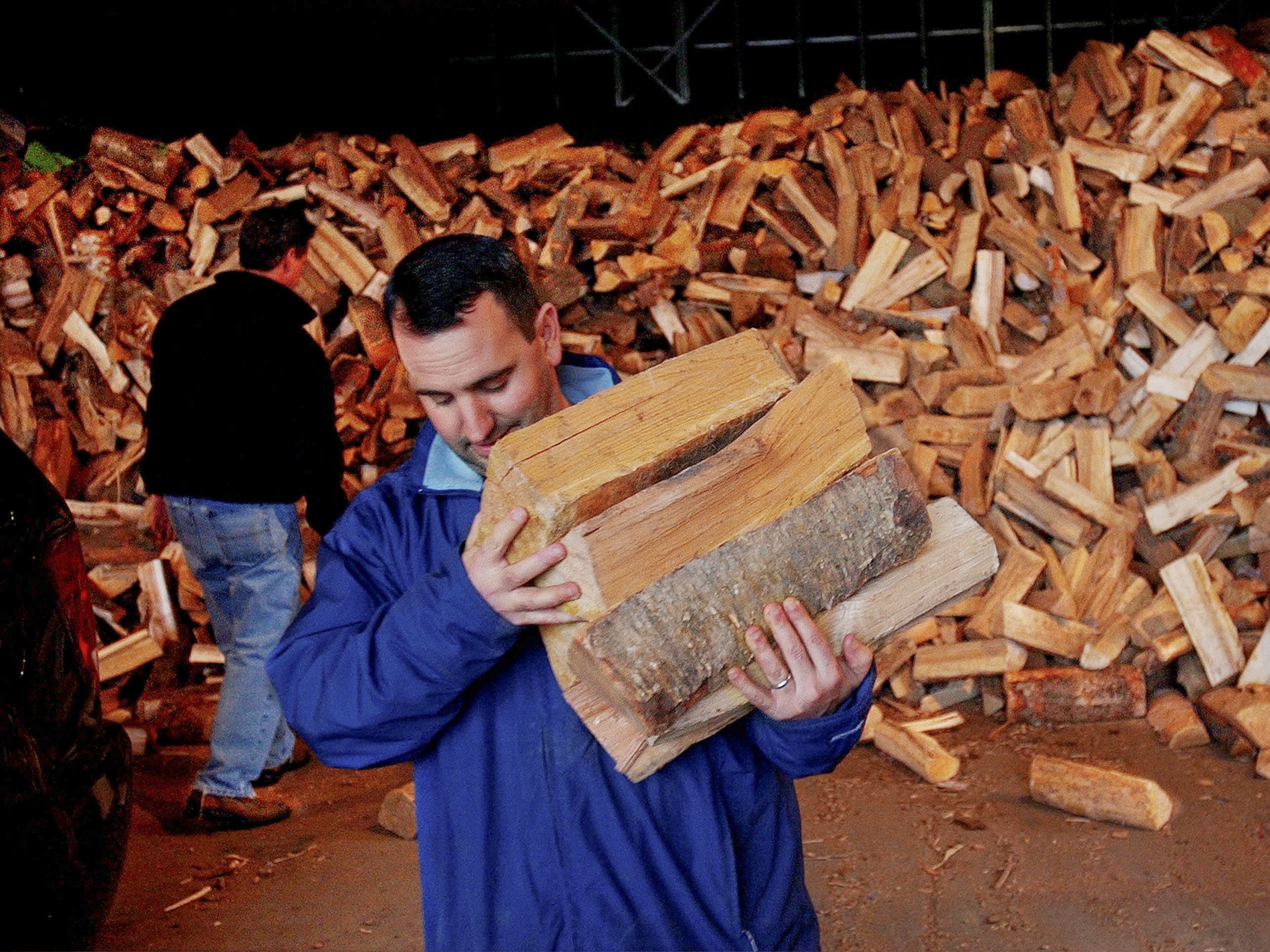Photograph by Jeffrey Sauger, National Geographic
Pictures: Five Most Overlooked Energy Stories of 2012
Auto efficiency improved, fuel waste persisted, and worry grew over the water-energy-food nexus—just a few of the overlooked energy stories of 2012.
December 15, 2012










